|
The root stand workshop was terrific. Although it was open to all members, many of us intrepid shohiners participated. Sean Smith did a great job guiding us along and with a terrific sense of humor. Sean Smith and his class. Starting point with pre-drilled blanks by Sean. He used 1/4", 3/8", and 1/2" drill bits for the side holes and a Forstner bit for boring out the insides of the thin blank. A router can also be used. Sean is using a Dremel with a 3/8" carbide burr bit. The knees are useful "tool". Part way through the process. John showing how dusty it is with this project. Jaya working on her stand with Dremel and 3/8" carbide burr bit. Rough finish of the stands. The "root" part of the stands could be further carved to create a balance of smaller and larger roots. Once the carving is done, then the sanding of the roots begins with 120 grit, then 180 grit*. You can continue with finer grits like 220 and then 320 if you want a very smooth surface. The shape of the top can be sanded into a circle, rounded a bit more, or left as is. Then the top is sanded to whatever grade you want. *FYI - The finer the grit the less the stain will penetrate or the longer it takes for it to penetrate since the finer sanding closes off the grain more. A good combo of smoothness and penetration is using 180 or 220. After the stain and finish are applied then you can smooth the surface of the finish before you apply the final coatings of clear finish. These stands will not be used rigorously but still must be handles carefully. Sean recommended Deft clear finish. It is a lacquer finish so it dries very fast and therefore will not accumulate little dust nibs nearly as much as a slower drying finish like Urethane. However, urethane is a harder finish, more water and scratch resistant but lacquer is easier to sand and repair. Now for the shohin part. We had a shohin work day at Fred's the day after the root stand workshop. Sean Smith is also an excellent bonsaiist. We kept him busy. Sean working with Brenda refining her tree. John working on an Elm Shirley working on several trees. Another Elm by John. Sylvia doing some fine wiring on a tiny Kishu Shimpaku about 3-4" tall. Sean gave a power point presentation on displaying shohin. This is a display showing the basic rules of display. Another display following the rules of proper display. A three point display showing proper spacing and "lean" of the plants. These two displays are not quite right. Left display: top tree a bit too big and leaning in the wrong direction, lack of space between the side tree/accent plant. But, that could be allotted space during the show was limited and better suited for a 3 point display. Right display has the same side tree/accent issue of lack of spacing from main display, top tree is a bit too big, the tree under the top tree is too large/too high on the stand for the space and the lower top tree is a bit too small. You can see the bamboo delineator on the right the spacing of the side tree/accent is due to allotted space. Sean made some interesting comments about displays.
1 Comment
10/2/2022 11:01:44 pm
Thank you so much! I hope to see more news from you.
Reply
Leave a Reply. |
Shohin Study GroupUpcoming Schedule
AuthorSDBC member Charlie Mosse lets you know of interesting bonsai posts from around the web but especially shohin topics as he is leading the shohin group. Shohin Racks & Stands
Archives
February 2019
Categories |
||||||||||||||||||
- Home
- Activities
- Education
-
Resources
- Newsletter
- Seasonal Task Schedule >
- Club Forms
- Club Library
- Vendors
-
Photos
>
- 2020 Winter Silhouettes
- 2018 Fall Show
- 2018 SD County Fair
- Spring 2018 Show
- 2018 Cal Shohin Seminar
- GSBF Convention #40
- 2017 Fall Show
- 2017 Spring Show
- 2016 Fall Show
- 2016 Nisei Week Trip
- 2016 Spring Show
- 2016 Bonsai-A-Thon
- 2016 Winter Silhouettes
- 2015 Fall Show Photos
- 2015 Nisei Week Trip
- Bonsai Stolen from San Gabriel Nursery
- 2015 Spring Show
- 2015 Bonsai-A-Thon
- 2014 Fall Show
- 2014 Nisei Week Trip
- 2014 July Bus Trip
- 2014 Spring Show
- Articles >
- Video >
- Membership
- Safari Park Bonsai Pavilion
- Looking Back
- About
- Contact
|
Updated: July 2, 2024
All images © 2010-2023. All Rights Reserved. |
|
- Home
- Activities
- Education
-
Resources
- Newsletter
- Seasonal Task Schedule >
- Club Forms
- Club Library
- Vendors
-
Photos
>
- 2020 Winter Silhouettes
- 2018 Fall Show
- 2018 SD County Fair
- Spring 2018 Show
- 2018 Cal Shohin Seminar
- GSBF Convention #40
- 2017 Fall Show
- 2017 Spring Show
- 2016 Fall Show
- 2016 Nisei Week Trip
- 2016 Spring Show
- 2016 Bonsai-A-Thon
- 2016 Winter Silhouettes
- 2015 Fall Show Photos
- 2015 Nisei Week Trip
- Bonsai Stolen from San Gabriel Nursery
- 2015 Spring Show
- 2015 Bonsai-A-Thon
- 2014 Fall Show
- 2014 Nisei Week Trip
- 2014 July Bus Trip
- 2014 Spring Show
- Articles >
- Video >
- Membership
- Safari Park Bonsai Pavilion
- Looking Back
- About
- Contact




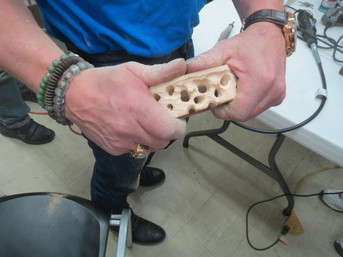
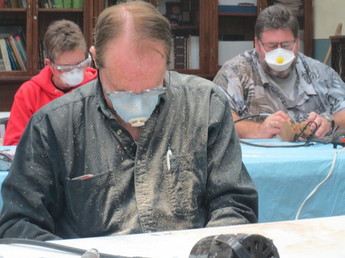

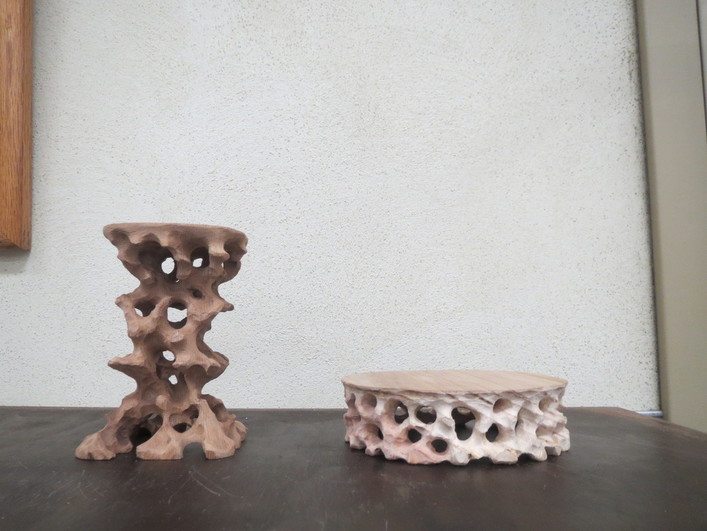





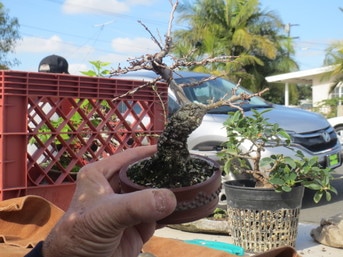
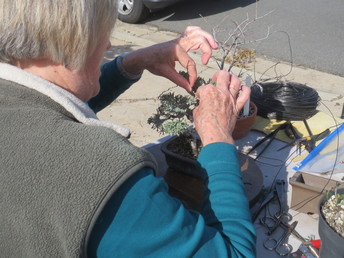

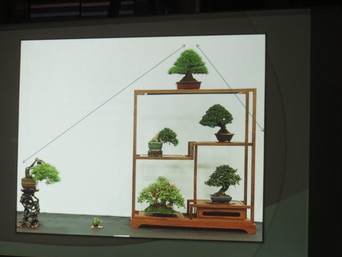




 RSS Feed
RSS Feed